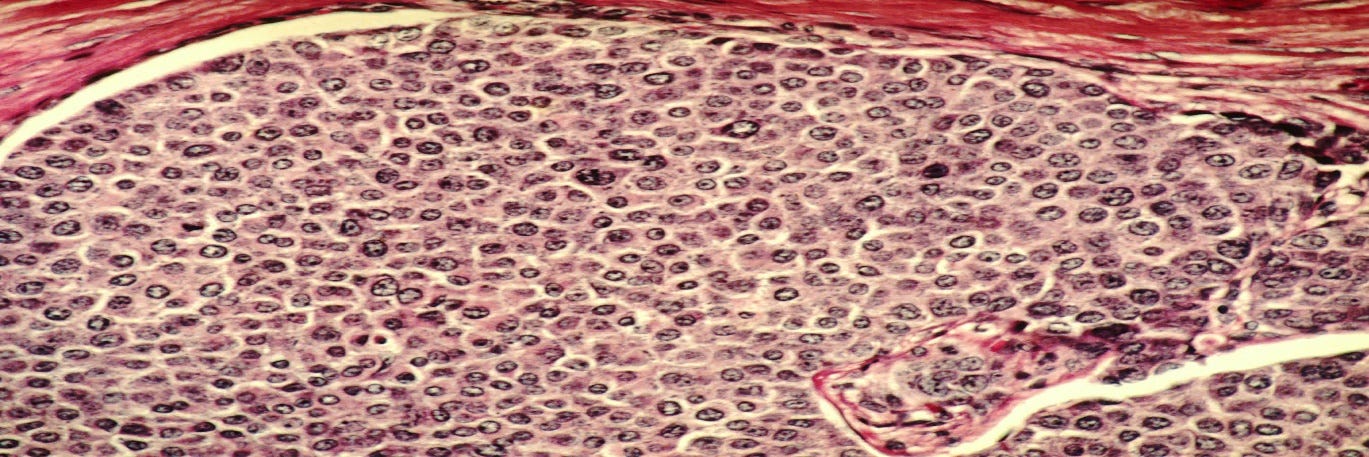Your body contains 35 trillion cells, and naturally occurring oncogenes are hard at work every day to convince 30 billion worn-out cells to commit suicide. Stanford researchers have figured out how to trick cancerous cell survivors to repeat another round of suicide.
According to Scientific Magazine, cells in the human body die thanks to a natural process known as apoptosis. When apoptosis doesn't work its magic, cells get cancerous, rapidly multiply, and can quickly cause a life-threatening illness.
The Stanford study titled ‘Relocalizing Transcriptional Kinases To Activate Apoptosis,’ reveals how researchers can re-activatedapoptosis in mutating cancerous cells.
Professor of Development Biology Gerald Crabtree claims he came up with the commonsense idea while hiking through Kings Mountain during the Covid-19 pandemic lock-downs. The new molecular compound his team designed is a function of two proteins that already exist in the cancerous cells, that together turn on apoptosis.
Crabtree commented: “We essentially want to have the same kind of specificity that can eliminate 60 billion cells with no bystanders.” The two proteins in question are known as BCL6, an oncogene which suppresses apoptosis-promoting genes in the B-cell lymphoma, and the enzyme CDK9 that catalyzes gene activation.
Mutated BCL6 proteins block the body’s natural signal that convince cancerous cells to activate apoptosis. Established oncology treatments target production of oncogenes to try and shut the cancer down. But Crabtree argues: “You take something that the cancer is addicted to for its survival, and you flip the script and make that be the very thing that kills it.”
Researchers tested the new molecule designed to bond BCL6 and CDK9 in scattered large cell B-cell lymphoma cells in test-tubes. The compound’s results proved very-effective at encouraging the cancerous cells to commit suicide.
The Stanford researchers moved on to test the compound in healthy mice to see if it had any toxic effect on normal cells. There were no negative impacts on healthy cells, but the molecule seemed best at targeting a specific type of immune B cells, which also contain a non-mutated version of the BCL6 protein.
The team is now testing the molecule on mice affected by diffuse large B-cell lymphomas, to see if the method is effective at killing cancer in living animals. The technique relies on the natural supply of BCL6 and CDK9 in cells, which means it will likely work only on cancerous human lymphomas.
After exposing the new molecule with 859 different types of cancer cells in the lab, the researchers confirmed that it was only effective killing diffuse large cell B-cell lymphoma cells, which are a type of non-Hodgkin lymphoma, referred to as NHL.
NHL is a common blood cancer that destroys white blood cells called lymphocytes. As a result, the body produces abnormal B lymphocytes that build up in the lymph nodes. The condition can be caused by various factors including viral infections (like HIV), autoimmune diseases, certain medications (like chemotherapy), nutritional deficiencies, and some cancers which affect the bone marrow where lymphocytes are produced.





Hey Chriss, Mary Lou Jepsen, co-founder of $100 Laptop Project has hand held devices in research that disintegrate glioblastoma tumors, and can diagnose strokes in 90 seconds. have you heard of her? these devices might treat hundreds of diseases. yuba county dave